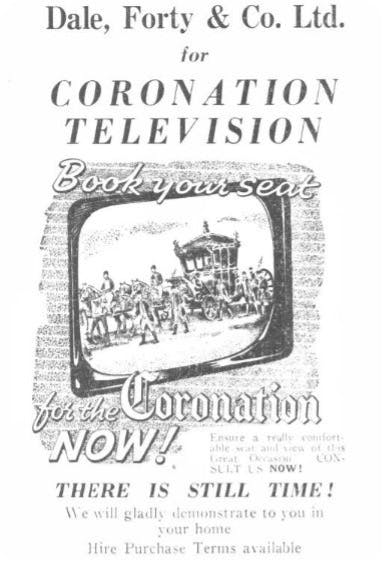Discover the recent history of this important ceremony
6-7 minute read
By Rose Staveley Wadham | May 10, 2023
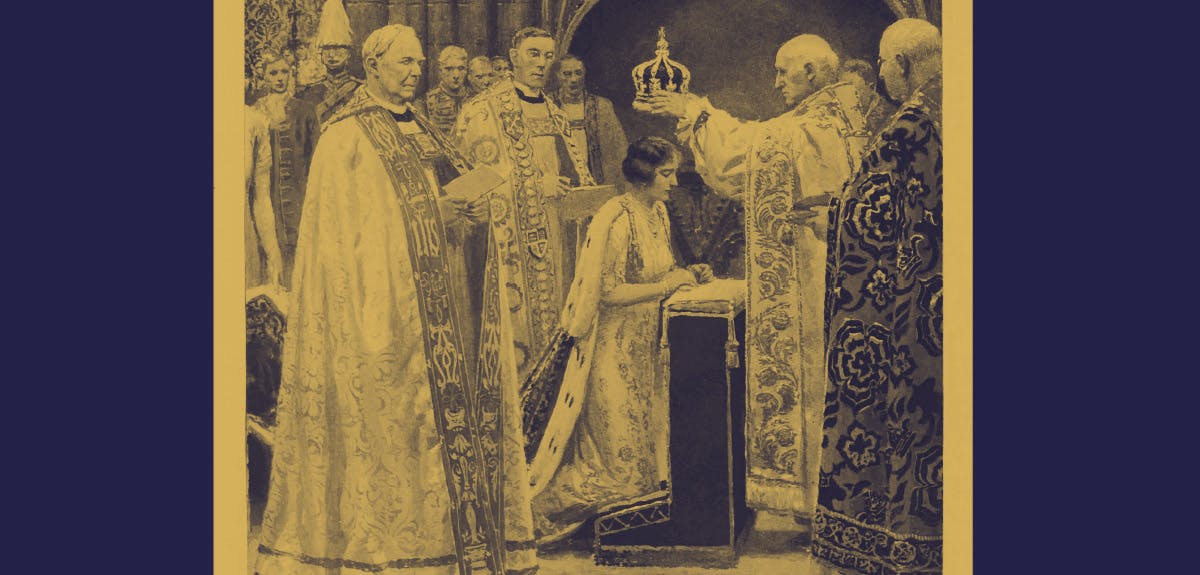
King Charles III's coronation on 6 May 2023 was the first time that a monarch has been crowned in the 21st century.
Findmypast’s royal and newspaper expert Rose Staveley-Wadham examines the recent history of the coronation, using the Findmypast newspaper collection.
Uncover the chaos of King Charles III’s 3x great-grandmother Queen Victoria’s coronation in 1838 and explore how the royal family adapted to the twentieth century when the service was televised for the first time in 1953.
'We really ought to have a rehearsal’
The Coronation of Queen Victoria (King Charles III's great-great-grandmother) in 1838 was met with much rejoicing.
This is evidenced in a joyful poem, authored by Mr. Barney Maguire, which appeared in many newspapers at the time. It was featured by the Caledonian Mercury, one of our free-to-view newspapers, in August 1838. The final verse of the poem goes as follows:
Then the cannons thunder’d, and the people wonder’d,
Crying, ‘God save Victoria, our Royal Queen!’
Och! If myself should live to be a hundred,
Sure it’s the proudest day that I’ll have seen!
And now I’ve ended, what I pretended,
This narration splendid in swate poe-trhy,
So, ye dear bewitcher, just hand the pitcher,
Faith, its myself that’s getting might dhry!

Coronation of Queen Victoria. Illustrated London News, 7 June 1902.
The sense of pageantry and wonder is apparent, but all did not go to plan during the coronation service. Carolyn Scott tells of a deaf Archbishop of Canterbury who nearly ended the service early, a lord who fell down the stairs (the Queen having to help him back up again), and the coronation ring being put on the wrong finger.
This all caused one peer to scribble down in his programme, ‘I think in the event of another coronation we really ought to have a rehearsal…’
The mechanics of coronation
It would be a long time before another coronation ceremony would come around, mirroring the gap we see today between the crowning of Queen Elizabeth II and her son King Charles III.
The next coronation took place in August 1902, that of King Edward VII.
Printing had come on in leaps and bounds since 1838 when Queen Victoria was crowned. As a result, our newspaper collection contains many lavishly illustrated depictions of King Edward VII’s coronation, with coronation specials produced by magazines like the Illustrated London News.
On 14 August 1902, the Illustrated London News published its coronation special. From King Edward VII’s departure to Westminster Abbey in the ‘ancient State Coach of George III,’ to the ‘ceremony of Recognition,’ each point of the coronation ceremony is illustrated and described in minute detail.
In the ceremony of recognition, the monarch is presented to four sides of Westminster Abbey, and the congregation is asked if they are willing to ‘do homage’ to their sovereign.
As King Edward VII had recently recovered from surgery on his appendix, which meant his coronation had to be delayed, ‘the challenge was made only once'.
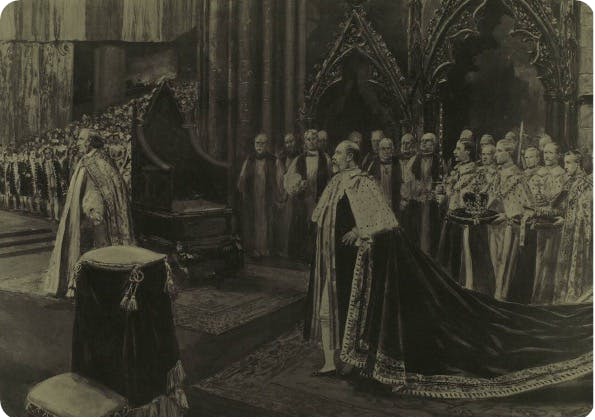
The Ceremony of Recognition. Illustrated London News, 14 August 1902.
King Edward VII then went on to make his oaths, in which he ‘swore to govern the realm with equity and justice, to maintain the laws of God, the true profession of the Gospel, and the Protestant religion.’ Next, the monarch was anointed and invested with the ‘royal emblems,’ which included the orb, sceptre and rod.
As the coronation is ultimately a religious service, both the King and his consort, Queen Alexandra, then took Holy Communion. The royal couple went on to make their ‘oblation,’ an offering to God. In this instance, ‘the King added an ingot of gold of a pound weight, and the Queen a mark weight of gold.’
Power and responsibility
King Edward VII’s reign was not a long one, and he was succeeded by his son King George V, whose coronation took place in 1911. Arriving from Buckingham Palace in the same ‘superb royal coach,’ King George V’s young family transformed the slightly aloof service into something more relatable.
The Illustrated London News captured one such moment, when the young Princess Mary, accompanied by her brother Prince Albert (later King George VI) caught sight of the Prince of Wales (later King Edward VIII) in the royal box. She bowed to him, and he bowed in return, creating a moment of ‘the greatest interest.’
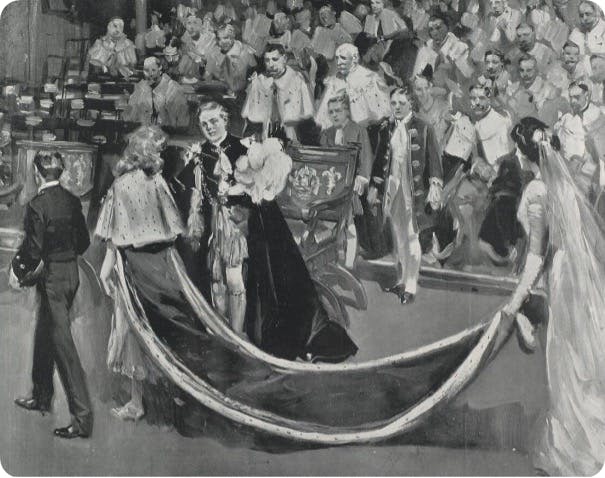
Princess Mary and the Prince of Wales and the Coronation of George V. Illustrated London News, 27 June 1911.
If family was of importance at the coronation of King George V, so was religion. There had been no sermon preached at the coronation of King Edward VII, but in 1911 the Archbishop of York preached on the Luke 22:27 text of ‘I am among you as he that serveth.’ The sermon outlined how ‘the King is set to be the leader of his people in the service of God and man'.
This was a theme that Arthur Bryant would reflect in 1937, as the country prepared for the crowning of another monarch, King George VI. Indeed, he would dub the important responsibility born by the sovereign to his people as noblesse oblige.
To borrow a quote from a different universe, this is the idea that ‘with great power comes great responsibility,’ or, as Bryant puts it, the ‘principal that those who have great privileges should bear great burdens.’
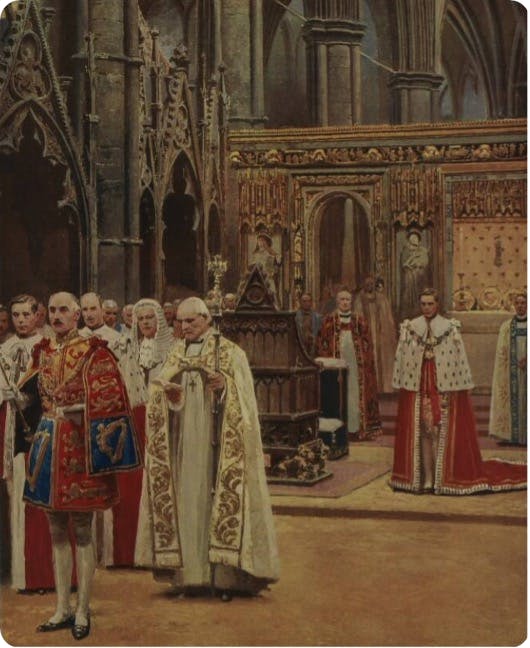
Coronation of King George VI. Illustrated London News, 15 May 1937.
The coronation service, therefore, is ‘a reaffirmation of the principle, the King receives his trust from God to discharge humbly and faithfully for the good of his subjects'.
Furthermore, during the ceremony, the monarch promises to ‘help and defend widows and orphans, restore the things that are gone to decay, maintain the things that are restored, punish and reform what is amiss, and confirm what is in good order.’
From the richness of the throne, the monarch is made ‘protector of the poor.’ This dichotomy, says Bryant, expresses the ‘essence of what is meant by English kingship.’
The coronation is televised
With this long history of the coronation, Bryant writes, England ‘has never really shaken off her past.’ He labels the coronation ‘a most extraordinary phenomenon,’ which has ‘retained the identical rites and symbols that were first used at this beautiful ceremony centuries and centuries ago'.
Such ancient rites were thrust into the middle of the twentieth century with the crowning of Queen Elizabeth II. Up until this point, the ceremony of the coronation had never been fully televised. Offering a never-before-seen display of the British monarchy's pomp and grandeur, it was set to be one of the television events of the century.
Adverts like this one encouraged people to buy television sets to watch the event. If you didn’t have a television, you could always head to a neighbour’s house, or go to Butlin’s, where you could watch the coronation on a ‘large screen television.’
In all, a record-breaking 27 million people in the United Kingdom watched the coronation of Queen Elizabeth II in 1953. It estimated that 277 million people tuned in globally, including the king who was never crowned, the Duke of Windsor.
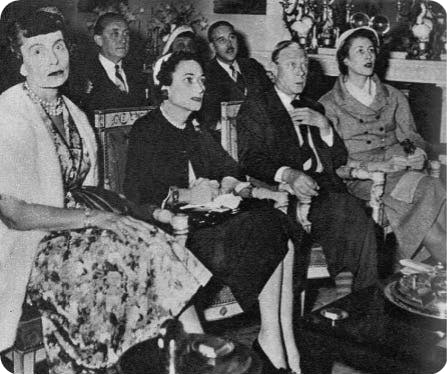
The Duke and Duchess of Windsor watch the coronation of Queen Elizabeth II. The Sphere, 13 June 1953.
In June 1953, The Sphere pictured the Duke of Windsor, who had abdicated the throne in 1936, watching the coronation of his niece alongside his wife in Paris. His expression registers as awed, as he holds his hand almost to his heart, glimpsing what might have been.
Not all aspects of the coronation were televised. The Illustrated London News recounts how ‘when the anointing took place the television cameras removed their gaze and only the words of the Archbishop were heard'.
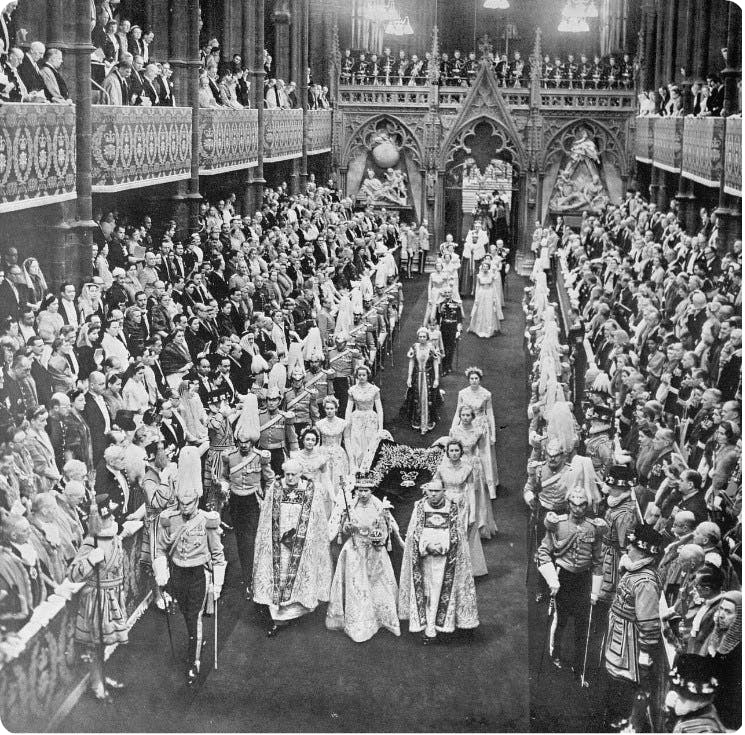
The newly crowned Queen Elizabeth II leaves Westminster Abbey. The Sphere, 6 June 1953.
The coronation of King Charles III and Queen Camilla in May 2023 was shorter, and inclusive of a wider range of religions, to reflect the monarch's more modern approach, all the while borrowing some traditions of old.
Planned under the codename 'Operation Golden Orb', it was broadcast live, making it the most easily accessible coronation yet.
What nods to the past were you able to spot?
Related articles recommended for you

'Their hunger will not allow them to continue': the victorious London dockers' strike of 1889
History Hub
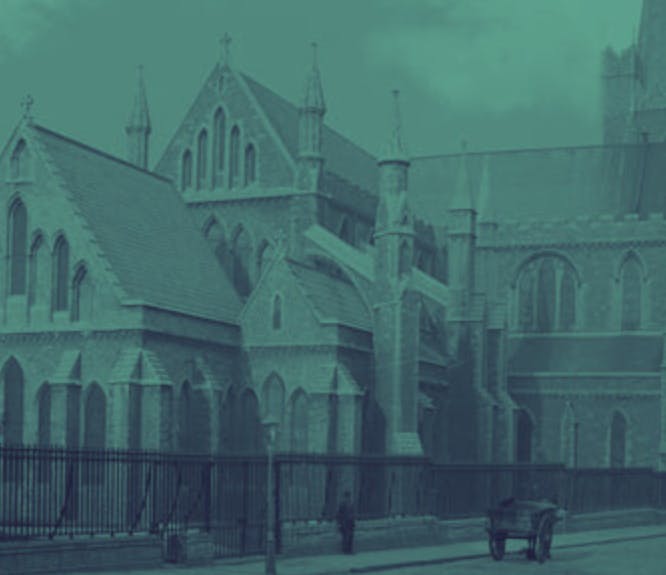
Irish family history and minority religions in Ireland
History Hub

The Women's Prize Trust announces Findmypast as the inaugural sponsor of the Women's Prize for Non-Fiction
The Findmypast Community


